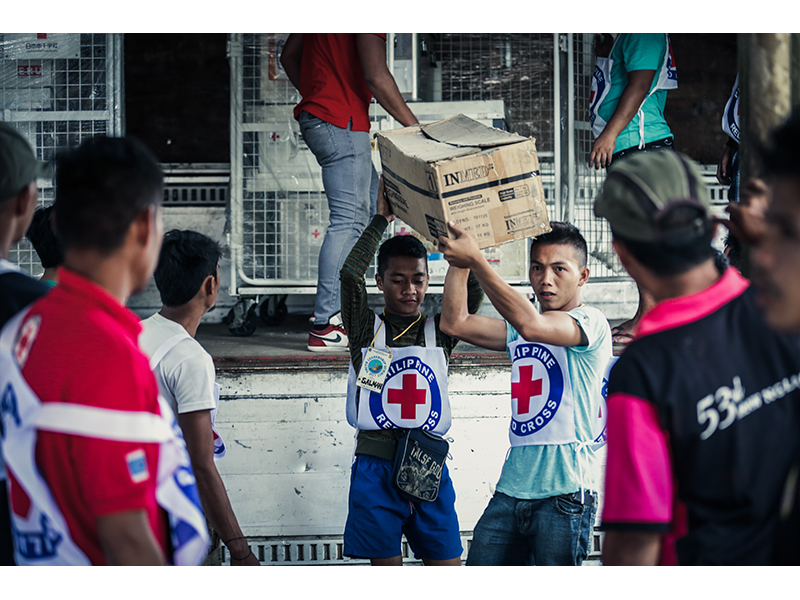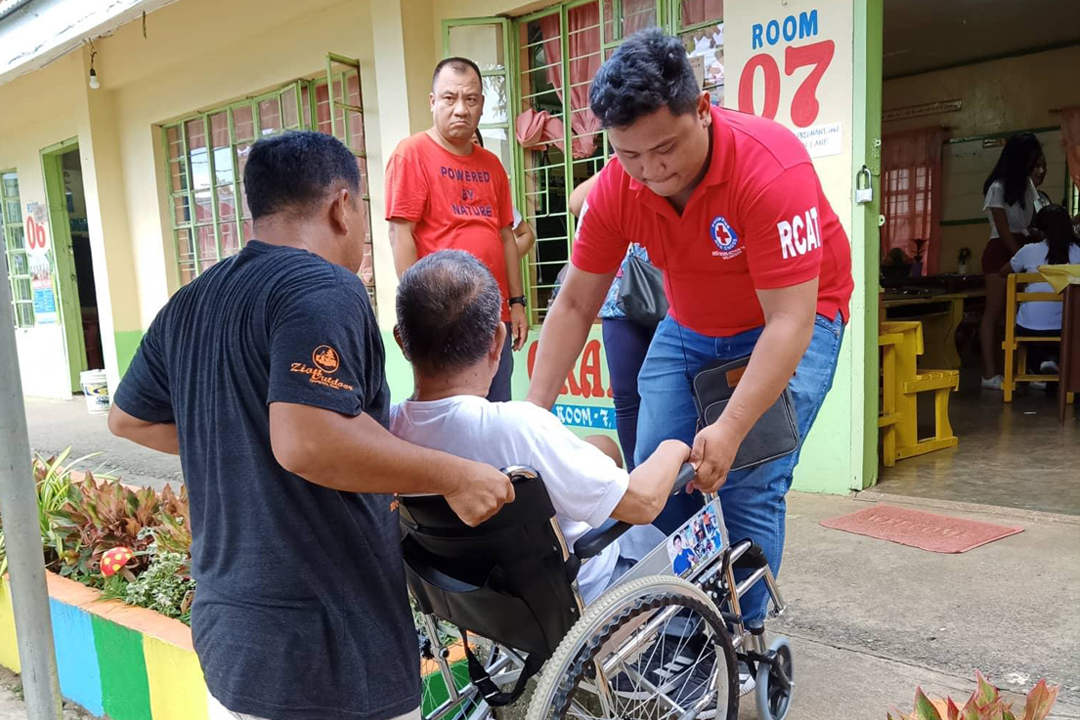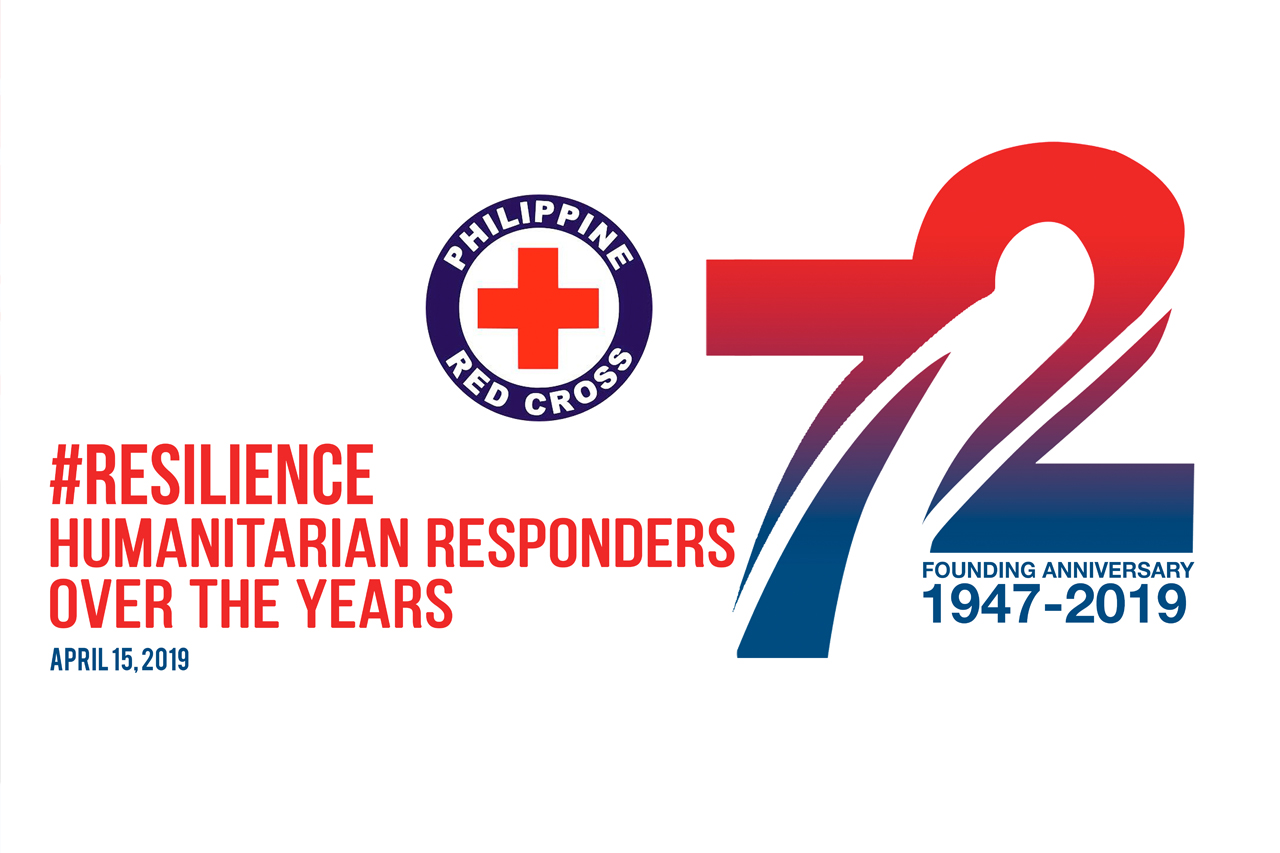The Philippine Red Cross this week started training more than 200 community-based trainers who will train Red Cross 143 volunteers across the country to respond to emergencies and disasters. Municipal coordinators for Red Cross 143 in Philippine Red Cross’ 104 chapters nationwide will attend the 4-day training in three batches from May to June this year. Using blended learning, the 4-day webinar workshop includes lectures, quizzes, group workshops, an exam, fieldwork, and a trainee’s evaluation.
Red Cross 143 aims to promote a culture of self-help in communities by recruiting and preparing volunteers to respond to emergencies and disasters. The ultimate goal of the Red Cross 143 volunteer program is to capacitate communities to respond to emergencies and disasters on their own. It was first implemented during the Tropical Storm Ondoy (international name: Ketsana) Response in 2009.
The trainers’ training is in line with the premier humanitarian organization’s mantra of “Volunteers + Logistics + Information Technology = A Red Cross that is Always First, Always Ready, Always There.” Training will prepare communities in the wake of PAGASA’s warning that the rainy season and La Niña will bring higher amounts of rainfall in some areas of the country this year. The Philippine Red Cross Chairman and CEO Richard J. Gordon also instructed current volunteers and staff to ensure that they are ready to be deployed, along with Philippine Red Cross’ response assets and logistics.
Those who are interested to be trained as Red Cross 143 volunteers may contact the Red Cross chapter nearest them.





